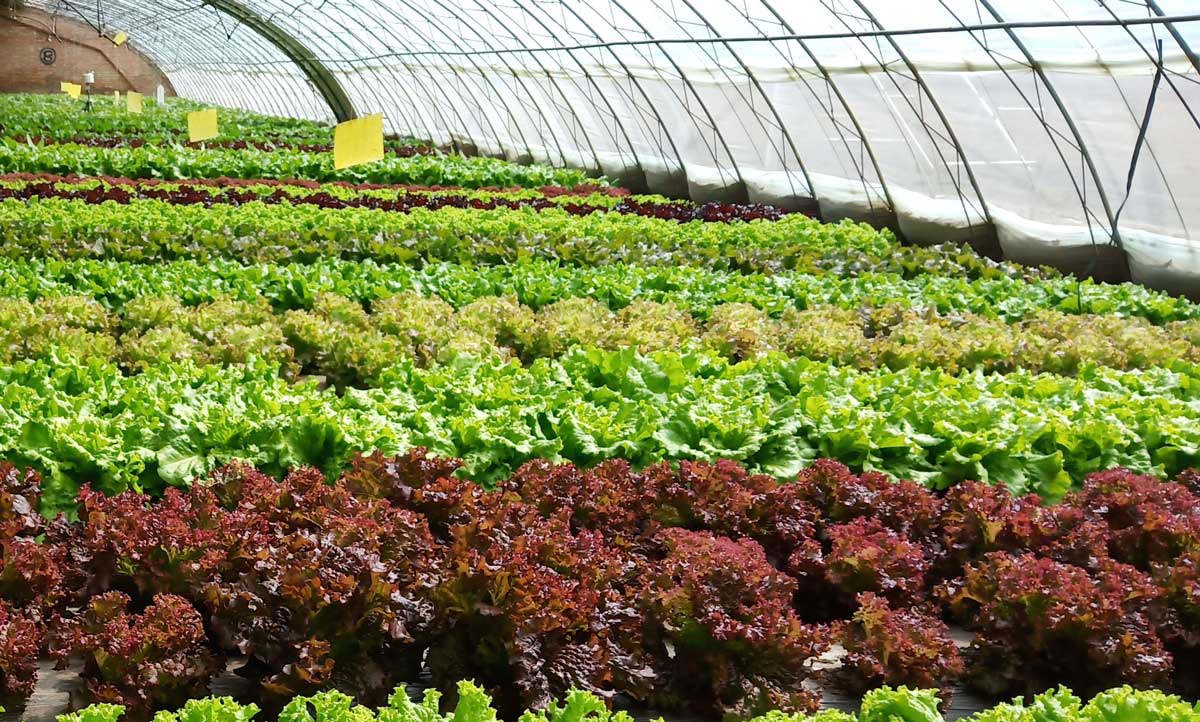Lettuce thrives in cooler environments, so growing it in tropical or hot climates can be challenging. High temperatures can cause lettuce to bolt quickly, bitter, or even wilt. However, this doesn’t mean growing lettuce in hot regions is impossible. With the right techniques, you can cultivate fresh, crispy lettuce even in hot areas like Africa and the Gulf countries.
In this article, we’ve gathered advice from agricultural experts to help you grow lettuce successfully in hot climates, ensuring your vegetables remain healthy despite the heat.
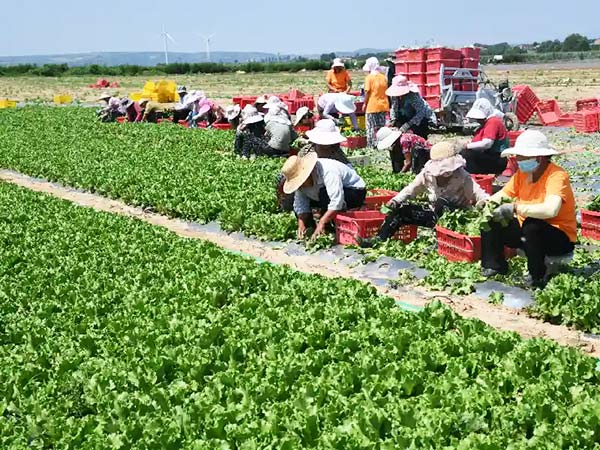
A successful lettuce harvest
Tip 1. Choose Heat-Tolerant Lettuce Varieties
In regions like Africa and the Middle East, where high temperatures are common, selecting heat-tolerant lettuce varieties is crucial for success. Apart from the popular Romaine variety, the University of California recommends other heat-resistant types, such as Red Cross and Jericho. These varieties can continue to grow in high temperatures without bolting too quickly.
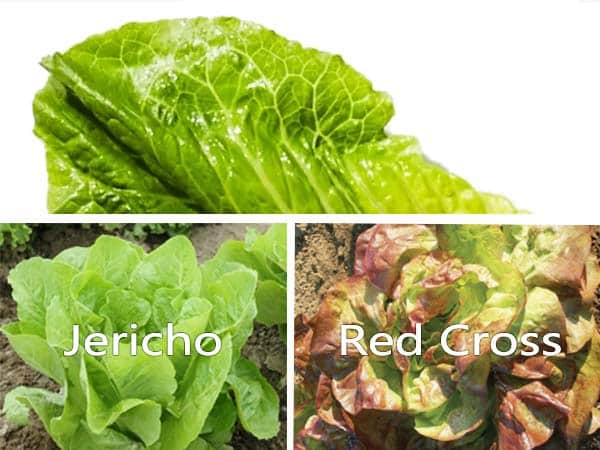
Some heat-resistant lettuce varieties
Strategies for Growing Lettuce in Hot Climates
To ensure success in hot climates, you must choose heat-tolerant or drought-resistant varieties and implement specific strategies for the entire growing process, including seedling preparation, transplanting, shading, and watering.
1. Seedling Preparation
When sowing seeds in hot tropical regions, cold treatment is essential. After soaking the seeds, place them in the refrigerator to encourage germination. Once the seeds begin to sprout, you can plant them. The ideal temperature for lettuce seedlings is between 16°C and 20°C, and if the temperature exceeds 25°C, lettuce is likely to bolt early. Cooling measures are necessary during the seedling stage to prevent premature bolting. It’s also best to use slightly acidic soil with a pH of around 6.0. Since summer temperatures can be high, you can build a shade structure and use shading nets to protect seedlings from direct sunlight.
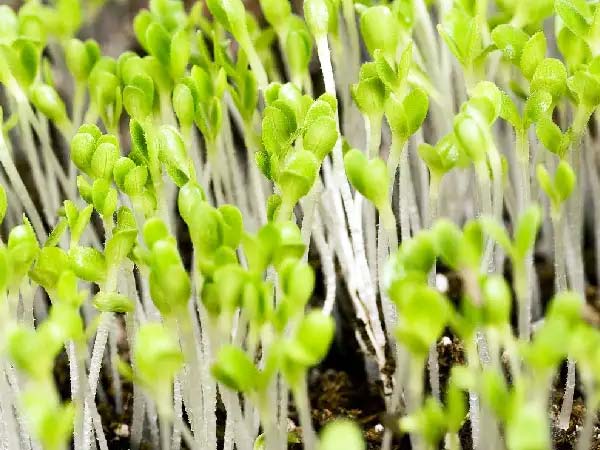
Lettuce seedlings
2. Transplanting
Adjusting transplanting times is vital in hot climates to ensure lettuce grows healthily. Transplanting should be done early in the morning or late in the evening to avoid the hottest part of the day and minimize heat stress. This strategy can significantly increase the survival rate of the plants. Ensure the soil moisture remains around 80% to support the growth of young plants. Additionally, treating seedlings with pesticides 1 to 2 days before transplanting is a key step to prevent pests and diseases, which also helps seedlings adapt to their new environment.
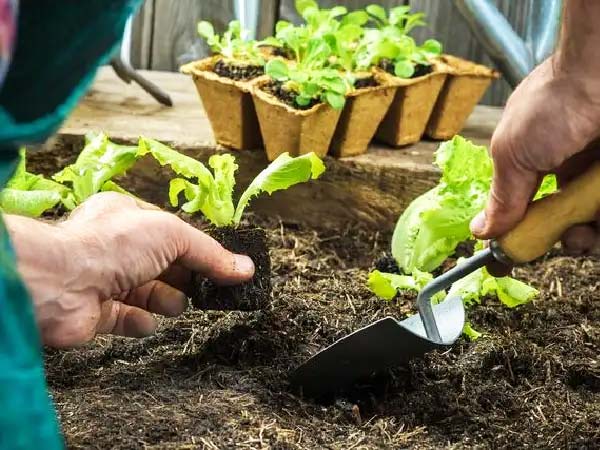
Transplanting lettuce
3. Shading for Cooling
Lettuce requires long sunlight hours for growth, but excessive sunlight can scorch the leaves in tropical regions. Proper shading is essential to improve lettuce growth in high temperatures. Use shade nets or cloth to build shading structures that reduce direct sunlight, helping lower the temperature around the plants and protecting them from sunburn.
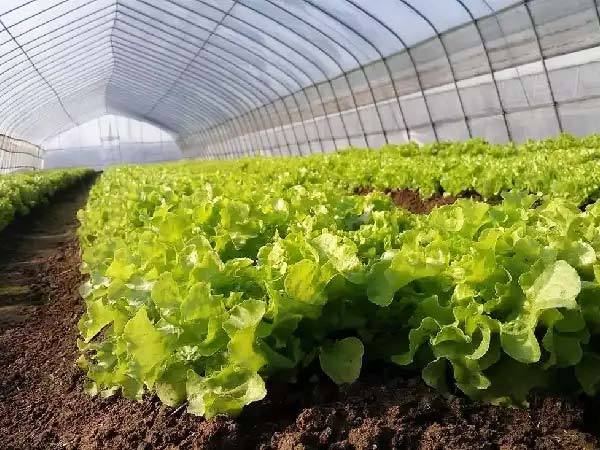
Shading structure
4. Cooling with Sprays
Cooling sprays are a simple and effective method to reduce the surrounding temperature. Spraying fine mist around the plants can quickly lower the air temperature, reduce leaf evaporation, and help maintain soil moisture. This method is particularly effective in the afternoon, improving the quality of your lettuce.
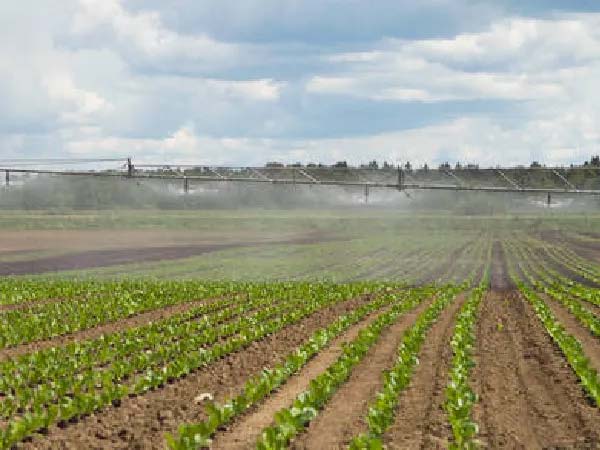
Large-scale spray cooling system
5. Soil Management
Maintaining moist soil is key to growing healthy lettuce. Use mulch, such as straw or black plastic film, to retain soil moisture and reduce water evaporation. Since lettuce has shallow roots, soil moisture directly affects its quality. Too little water can decrease lettuce quality, while too much water can lead to soft rot and other diseases. After transplanting, water appropriately based on weather and soil moisture, but stop watering five days before harvesting to enhance lettuce quality.
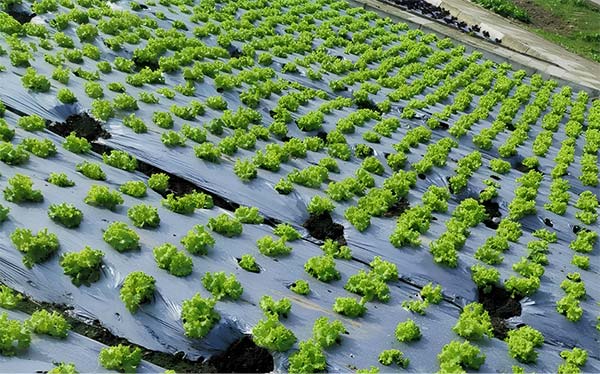
Lettuce fields using mulch
6. Site Selection and Drainage
Site selection and drainage are critical in tropical areas with heavy rainfall. If large amounts of rainwater can’t be drained quickly, lettuce growth will be severely affected. Choose higher ground with flat terrain to avoid waterlogging and ensure easy planning of an efficient drainage system. Main drainage channels should be wide and deep enough to handle large water flows, guiding excess water safely away. For lower-lying areas, consider installing pumps to remove standing water during heavy rains.
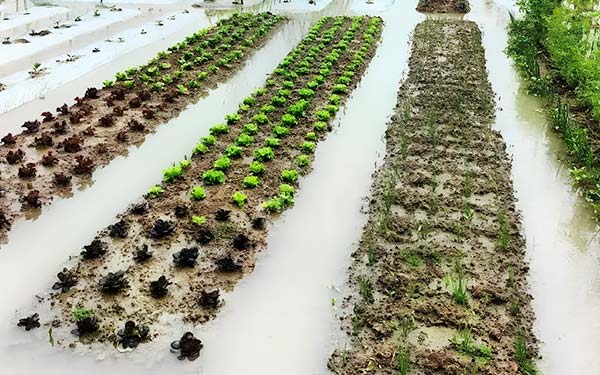
Vegetable field after heavy rain
Using Greenhouse Technology for Lettuce Cultivation
High-quality lettuce can be produced using advanced commercial greenhouse systems to cope with extreme environments in Africa and the Middle East. These greenhouses, equipped with automated systems such as shade nets, cooling systems, and supplemental lighting, provide the perfect conditions for lettuce growth.
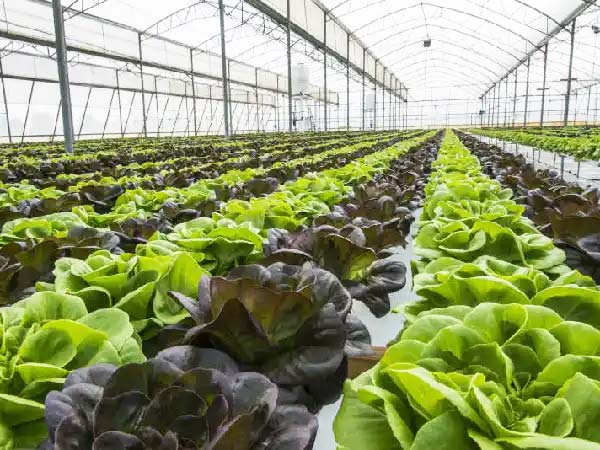
Lettuce growing in a greenhouse
Additionally, greenhouses can incorporate hydroponic systems, significantly reducing water usage – a crucial benefit in water-scarce regions. Installing insect-proof nets at ventilation openings can also prevent pest damage, ultimately improving yield and quality.
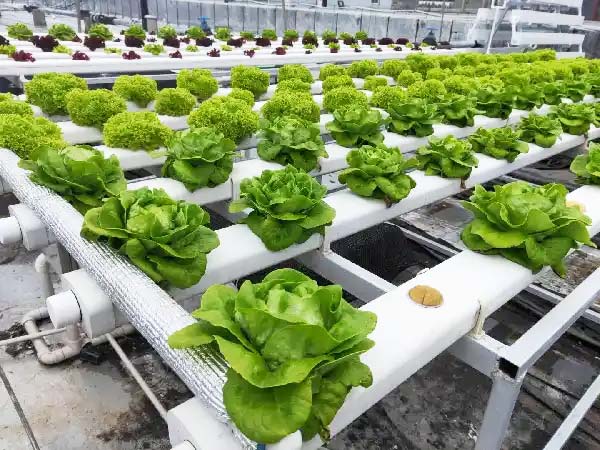
Hydroponic system for growing lettuce
Common Challenges When Growing Lettuce in Hot Climates
1. Rapid Bolting
Lettuce tends to bolt quickly in hot tropical regions, making the leaves tough and losing their fresh green appearance. To prevent bolting, select heat-tolerant varieties and use shading nets to reduce direct sunlight. Keeping the soil moist is also key to delaying bolting.
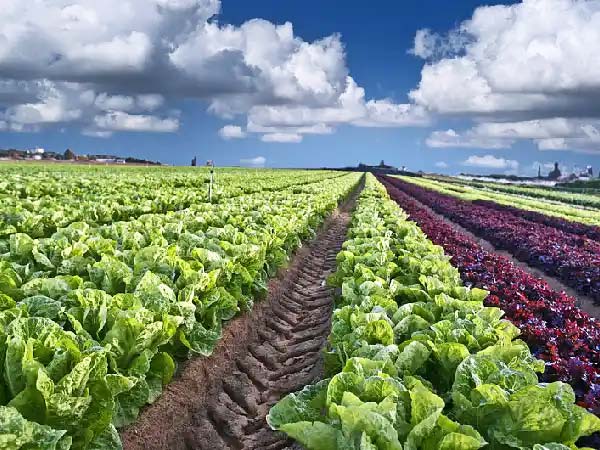
Various lettuce varieties
2. Bitter Lettuce
High temperatures often lead to a bitter taste in lettuce, affecting its flavor. To avoid this, ensure regular watering to keep the root system cool. Shading can also help lower temperatures and prevent bitterness.
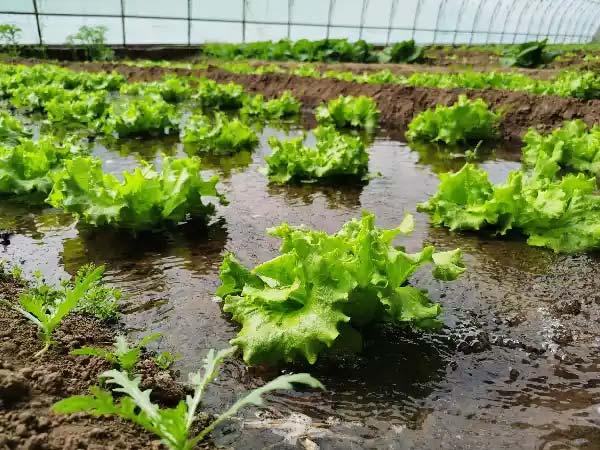
Watering lettuce plants
Conclusion
Successfully growing lettuce in hot climates can be challenging due to high temperatures, heavy rains, and drought. However, with the right techniques, lettuce can be grown successfully. Advanced greenhouse technology may also be necessary to improve lettuce quality and ensure stable production in tropical areas.
INSONSHADE offers cost-effective agricultural protection nets, including shading nets, greenhouse curtains, insect-proof nets, and ground cloth to protect your lettuce from heat and intense sunlight. For bulk purchases overseas, feel free to contact us.
